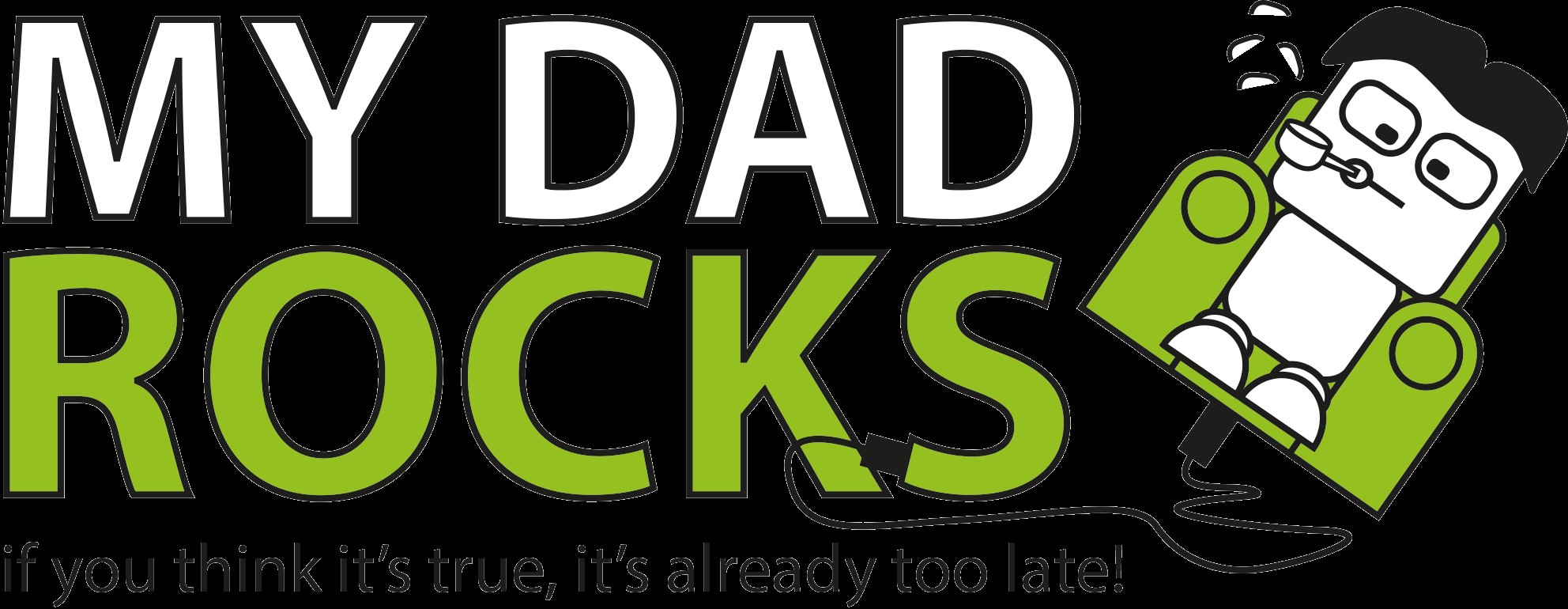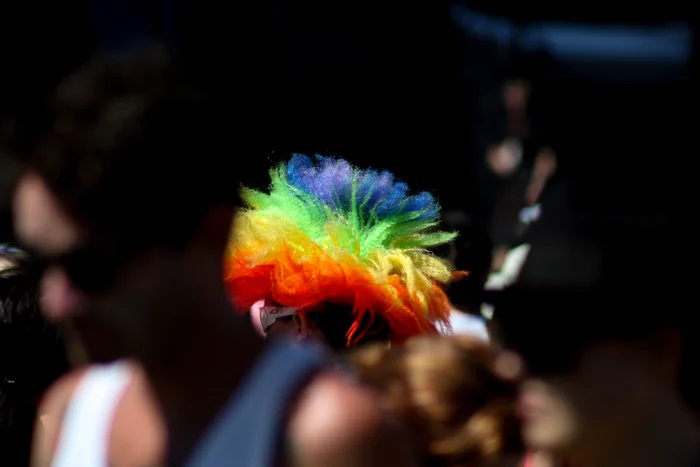The dawn of MTV pushed the visual element of pop music to the forefront, a trend accelerated by YouTube and countless other platforms. Lyrically, bands have often explored LGBT issues, overtly or through subtle codes, even in less enlightened times. When it comes to videos, however, all too often they are directed at the lowest common denominator. Diversity and inclusion has seldom been at the forefront. That said, the history of LGBT-friendly music videos reaches back a surprisingly long way, and their visibility is thankfully increasing.
The Village People – YMCA – 1978
Has any music group done more to promote LGBT positivity than The Village People? The funk-disco outfit celebrated NYCs gay, dance-loving community in one of the catchiest songs ever recorded. This is the video which made the five-piece (and their fantastically stereotypical alter-egos) a household name.
Joe Jackson – Real Men – 1982
Forty years ago, singer-songwriter Joe Jackson caused a stir with the accompanying video to “Real Men.” With words and pictures, Jackson explored the confusing nature of male role models, and how their lack of diversity leads to repression and abuse. In the video we see men of all different types, from young gay couples to macho icons. It’s a song designed to make you think. It’s a song which was ahead of its time.
Bronski Beat – Small Town Boy – 1984
Two years later, Bronski Beat’s film for “Small Town Boy” charted similar territory, depicting a tale of loneliness and a quest for acceptance which must have been very familiar to many young gay men at the time. With “Small Town Boy,” Bronski Beat poignantly display a journey away from the confines of an unsympathetic family and narrow-minded community.
Frankie Goes To Hollywood – Relax – 1984
From that same year. Few who grew up in the 80s will be unaware of the storm which Frankie Goes To Hollywood whipped up with their explicit, sophisticated and explosive brand of pop. This video, with its drag queens and leather-clad men, proved too much for many broadcasters at the time.
Neneh Cherry – I’ve Got You Under My Skin – 1990
Cherry is an artist who has always been too independently-minded to follow the crowd. A musician whose passion and compassion are as wide and deep as her talent, Cherry’s song directly addressed the then-rampant AIDS epidemic.
Melissa Etheridge – Come To My Window – 1993
Melissa Etheridge added to the long list of talented lesbian singers with her heart-rending love song “Come To My Window.” The accompanying video depicted Melissa herself juxtaposed with the female subject of her song. The strength of “Come To My Window” lay in the fact that it highlighted same-sex relationships in such a straightforward manner, underlining emotions which we all experience, no matter what our gender or orientation.
Indigo Girls – Power Of Two – 1994
“Multiply love by the power of two,” sing the indie-folk duo, Indigo Girls, across a shifting back-drop which shows love between couples of varying ages, race and orientation. This charming song sends a simple message, wrapped up in a heartfelt bow.
Christina Aguilera – Beautiful – 2002
Fast-forward a decade and pop sensation Christina Aguilera artfully articulated the unifying nature of common experience with her video for hit single “Beautiful.” Displaying gay men kissing and cross-dressing, in a natural, non-fetishistic manner, Aguilera helped to show that in this world there is room for all and everyone should be respected for who they are.
Anna Akana – Along Together – 2019
Multi-talented Anna Akana used her film for “Alone Together” to chart an everyday tale of heartbreak through the lens of a lesbian couple. That same year, K-pop singer Holland broke free from that genre’s usual restrictions with “I’m Not Afraid,” the video for which features a welcome diversity of characters and same-sex relationships.
True Religion – Que Bonita – 2021
“With the video for Que Bonita,” say electronic dance outfit, True Religion, “we show that love, like music, has no barriers.” The video carries a triple message of positivity. Its depiction of a mature lesbian couple in a loving relationship offers a much-needed rebuttal against ageism, homophobia and sexist representations of woman in the duo’s beloved dance music scene.

